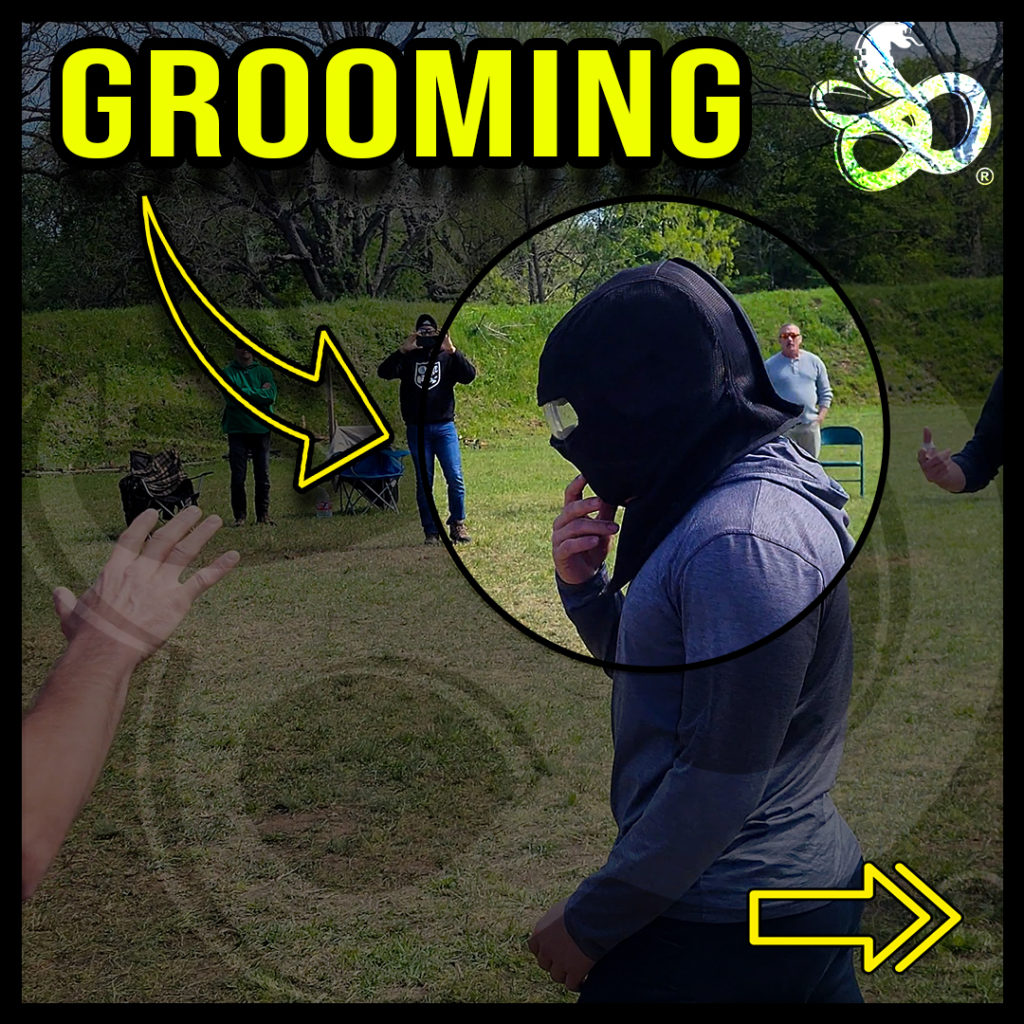by Brian Frias | Apr 9, 2023 | Criminal Assault Paradigm, Pre-assault cues | 2 comments
We’re all about not letting things get sour (using family-friendly terms). Being able to correctly interpret someone’s body language is crucial in self-defense, leading to early detection, avoidance, preparation, and decision-making. Recognizing specific pre-assault cues can help prevent potentially dangerous situations from escalating.
Pre-assault cues are an attacker’s subtle behavioral patterns before engaging in physical violence. These patterns can be seen in security camera footage and police body-worn cameras and often involve repeated predictable movements (usually described as furtive) and actions before an attack. We focus on four primary cues: grooming, picking, target glancing, and a definitive weight transfer. One isolated cue may not necessarily indicate an imminent attack; a combination of cues should prompt immediate action rather than waiting to see what happens next.
By understanding these pre-assault cues, we can prepare ourselves for potential action through early detection. Early detection of these cues buys us time. Time is the currency of good decision-making. Time allows us to avoid a situation altogether or seize the initiative. Every incident within the criminal assault paradigm involves unequal initiative. Someone involved will always make the first move. Good decision-making is essential in protecting ourselves and others in a weapons-based environment or preventing us from “getting kilt in da streetz.”
Recognizing and adequately interpreting behavioral cues to help you avoid the incident altogether. If you notice someone exhibiting threatening behavior, the tweaker one block north dancing the jitterbug, you can take a different path or leave the area. You quickly understand the incident potential rises by closing distance with a cluster of cues. Early detection and avoidance touch on an old faithful buzzword, awareness, but that’s for a different day.
You lapsed in “awareness” and could not avoid the issue. Recognizing pre-assault cues still helps you prepare for a potential attack. By recognizing aggressive behavior, you can mentally prepare yourself for what may come. This is not a nod to “combat mindset, bro,” we do not see red and rise to the occasion. Your mindset is developed through competently constructed training programs. The hours spent training allow you to “flip the switch” and apply sound decision-making as the incident moves from verbal to physical. Recognition of pre-assault cues triggers your physical preparation, contextually dependent term. For example, it might mean raising your hands to a high compressed fence (#Geoff Thompson for years of development. Go look at his work), it might mean presenting a muzzle towards someone’s dome piece (if you happen to be walking down the street in South Africa, oddly specific Craig… tells more about that one).
There are others, and we plan to dive slightly into each, but at Shivworks, we focus on four primary pre-assault cues. These seem the most common when viewing attacks against people—grooming, picking, target glancing, and a definitive weight transfer. We refer to grooming as any touching of the face or hair. Picture someone pinching the bridge of their nose. Picking is any intentional manipulation around a repeated location (usually the waist). Picture someone grabbing the hem of their shirt to draw a weapon. Target glance is a momentary direct gaze or, more often, a visual scan of the area. Picture a person looking behind them or away. This often presents moments before an attack and in conjunction with the final cue. A definitive weight transfer is a load of body weight onto one side. Think of a tennis player’s footwork as they rapidly alter direction.




